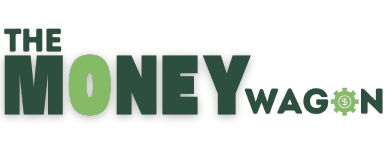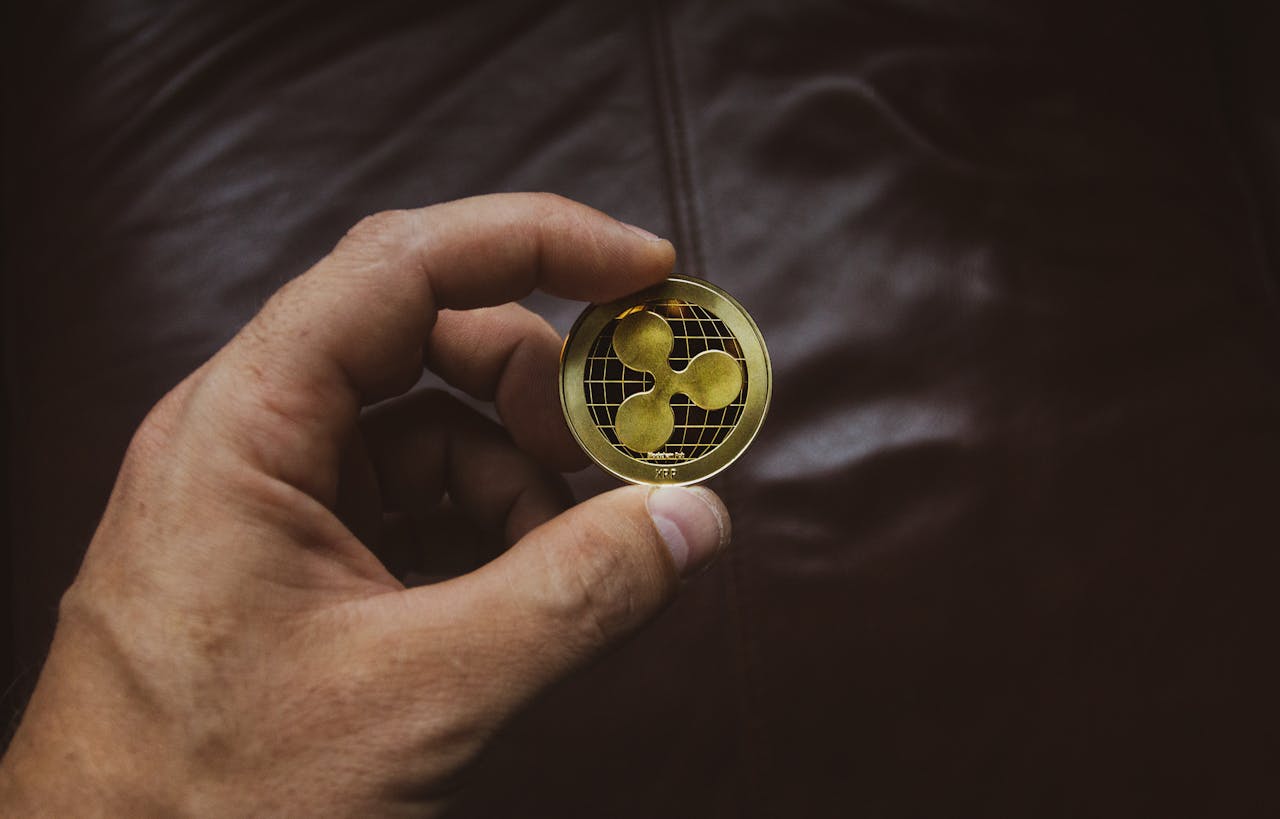Real-World Asset Tokenization: Why Your Pizza, Flat, and Even Mona Lisa Might Go Digital
Grab your seatbelts (and maybe a slice of pizza), because today we’re diving into a financial trend that sounds super fancy but is actually pretty simple once you get it: Real-World Asset Tokenization.
Now, don’t panic. I know that sentence had at least two words that could cause brain cramps. But stick with me. By the end of this ride, you’ll know:
- What the heck “tokenization” even means.
- Why Wall Street, Silicon Valley, and even your crypto-geek cousin are obsessed with it.
- How you — yes, you, sitting there scrolling this blog in your pajamas — might benefit from it.
- And of course, the risks (because no, sadly, this isn’t a magic money printer).
So let’s break it down in the simplest way possible.
Imagine Pizza. Yes, Pizza.
Okay, let’s say you and four friends order a giant cheesy pizza. Normally, one person pays the bill, and then everyone Venmos or PayTMs their share (and there’s always that one friend who “forgets”).
But what if instead of paying in cash, you divide the pizza into tokens? Each slice = one token. Whoever holds a token gets to eat a slice. Simple.
That’s tokenization. You take a whole thing (pizza, house, painting, bond, gold bar) and break it into digital slices, called tokens. Each token represents a share of the whole.
And here’s the magic: these tokens live on blockchain, so they’re secure, traceable, and tradable. You can sell your “slice” to someone else, even if you never meet them.
So… What Are Real-World Assets (RWAs)?
You know how crypto usually feels like magic internet money? Well, RWAs are the opposite. They’re things you can actually touch or prove exist.
Examples:
- Real estate (flats, houses, skyscrapers).
- Bonds and stocks.
- Commodities like gold or oil.
- Art and collectibles (yes, even that Pokémon card gathering dust in your drawer).
When you tokenize these, you’re basically saying: “This is real, valuable stuff. But now we can buy/sell/trade it digitally in small pieces.”
Why Is Everyone Talking About It in 2025?
Because this thing is exploding faster than your cousin’s crypto portfolio in 2021 (and hopefully not crashing like it in 2022).
- The RWA tokenization market hit $27.6 billion by mid-2025. That’s a 223% growth since January.
- Big brains at RSM predict it could reach $18.9 trillion by 2033. Trillion, with a “T.”
- Banks, governments, and fintechs are no longer rolling their eyes at blockchain. They’re actually building systems with it.
In short: what started as “bro, buy Dogecoin” has now matured into “sir, would you like to own 0.0003% of this luxury hotel in London?”
How Does It Work? (Without Giving You a Headache)
Let’s pretend you own a fancy flat worth ₹1 crore. But instead of selling the whole thing, you tokenize it.
- You create 1,000 digital tokens, each worth ₹1 lakh.
- Investors from anywhere in the world can buy these tokens.
- Each token = ownership rights, rental income share, or just a piece of the value.
You don’t have to sell the whole flat to one person. You can sell it to 100 people in 100 places. It’s like Airbnb meets stock market meets blockchain.
Why Should Beginners Care?
Because this might finally make investing easier for people like you and me.
Traditionally, if you wanted to invest in real estate, you needed big bucks. Buying a flat isn’t exactly pocket change. But with tokenization? You could own a slice of a building in Mumbai, a vineyard in France, or a warehouse in the U.S. — all with just a few thousand rupees.
It’s like turning Monopoly into real life (minus the fights over who gets to be the car token).
Opportunities: The Good Stuff
- Fractional Ownership = More Access
- You don’t need ₹1 crore to invest in property anymore. You just need enough for a slice.
- Suddenly, the rich guy’s playground is open for everyone.
- Liquidity = Easy to Sell
- Ever tried selling a house? Takes months. With tokens, you can sell your share instantly online.
- Transparency & Security
- Blockchain keeps the record. No shady paperwork. No uncle asking for “under the table” money.
- Global Investing
- You in Delhi could own a tokenized New York apartment without leaving your sofa.
Risks: The Not-So-Fun Stuff
- Regulatory Confusion
- Governments are still figuring this out. Some are cool with it, some are like “wait, what?”
- Tech Bugs
- Smart contracts = code. Code can have bugs. Bugs + money = trouble.
- Liquidity Trap
- Sure, tokens can be sold fast… if buyers exist. What if nobody wants your slice? You’re stuck.
- Scams (because, of course)
- Where there’s money, there’s fraud. If someone promises you guaranteed 500% returns… run.
Fun Examples
- Tokenized Real Estate: Platforms are already selling “slices” of hotels. Imagine bragging: “Yeah, I own part of that hotel in Dubai.” (It’s 0.0007%, but still counts!)
- Art: Can’t buy the Mona Lisa? Buy a tokenized share of a $10M painting instead. Just don’t try to hang it in your living room.
- Bonds & Debt: Even boring stuff like government bonds is getting tokenized.
The Future: Why This Could Be Huge
Think about how Netflix killed DVDs, or how UPI killed cash payments. Tokenization could do that to traditional finance.
- Startups are building platforms for everyday investors.
- Big banks are experimenting with tokenized bonds.
- Regulators are hosting conferences (when bureaucrats start holding events, you know it’s real).
By 2033, this might not be “the future” anymore. It might just be normal investing.
Okay, But What Should YOU Do?
- Learn first. Don’t throw money without understanding.
- Start small. If platforms in your country allow it, try tiny investments.
- Stay skeptical. If it sounds too good to be true, it probably is.
- Think long-term. This isn’t a lottery ticket. It’s more like planting a mango tree.
Wrap-Up: From Pizza Slices to Trillions
So, here’s the bottom line:
- Tokenization is just chopping big, expensive things into digital slices.
- It makes investing easier, cheaper, and global.
- It’s expanding super fast in 2025 and might reach trillions in value.
- But like every new shiny thing, it comes with risks.
If finance feels like a scary jungle, think of this as a new trail being cut through it. It’s exciting, but walk carefully, watch for snakes, and maybe carry some pizza tokens in your backpack.
Final thought:
In a few years, when your friend brags about buying land, you can casually say:
“Oh cool, I also own a piece of Manhattan, a vineyard in Italy, and half a hotel lobby in Singapore.”
Then sip your chai and watch their jaw drop.
The Money Wagon takeaway: Tokenization is not just for crypto nerds anymore. It’s for anyone curious about the next big shift in money. And if you can understand pizza slices, you can understand this.




